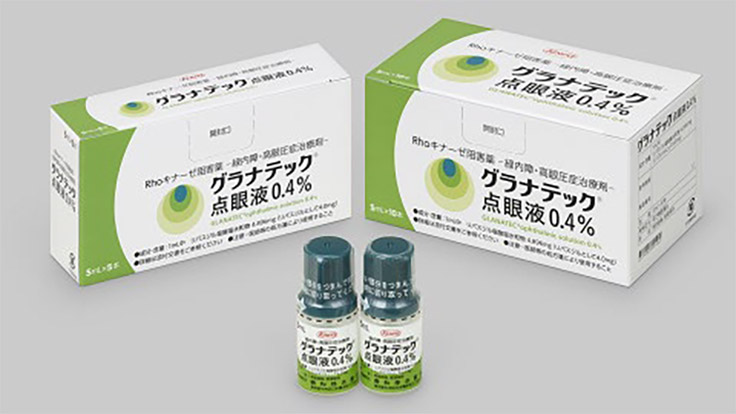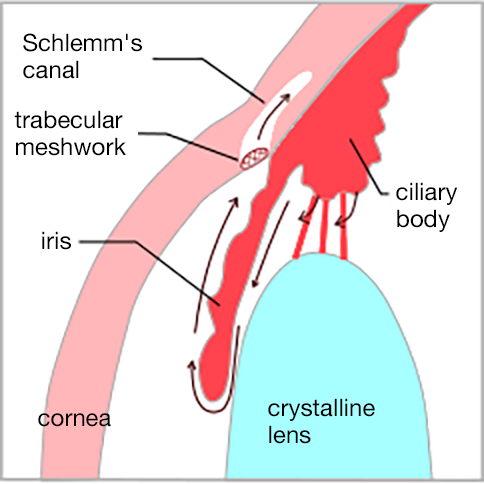Point 2
Successful launch (commercialization)
A 1-in-30,000 probability!
DWTI is one of Japan’s few success stories
As of 2019, there were about 2,010 biotech venture
companies active in Japan. Of these,
only a few companies have succeeded in launching
new drugs to the Japanese market.

*Source: Japan Bioindustry Association, Survey and analysis of the current situation of domestic bio-related ventures
So, why has DWTI been able to successfully launch a drug?
The road leading up to the launch was not the accomplishment of DWTI alone. It was something we achieved together with the patients and pharmaceutical companies seeking a new drug. In terms of what we did that led to success, there were two key factors:
- We were fortunate in the disease type we chose for drug development. (Few companies in Japan were working on ophthalmic drugs, and hence we had few rivals.)
- We had an excellent compound. (We benefited from the high quality of our compound library.*)
*Drug discovery research seeks to discover new drug candidate compounds drawing from a compound library, a collection of promising new drug seeds, including drugs that have already been launched.
GLANATEC® ophthalmic solution 0.4% “successfully launched”

- Sales started in December 2014
- A treatment for glaucoma and high intraocular pressure
- Glaucoma affects 1 in 20 people over the age of 40 in Japan
- The licensee for GLANATEC® is Kowa Co., Ltd.
- The drug uses a world-first novel mechanism not found in any other eye drop
Going into more detail
There is fluid in the eyeball called aqueous humor, which delivers nutrients to the eye and maintains the eye in a pressurized state. If aqueous humor builds up in the eye, intraocular pressure rises and the optic nerve is compressed. If left untreated, the optic nerve may weaken, narrowing the visual field and causing vision loss. The goal of treating glaucoma is to lower this intraocular pressure. GLANATEC® is a new eye drop that succeeded in promoting the outflow of aqueous humor from the eye via Schlemm’s canal. The drug proved effective for patients for whom existing eye drops were unsuccessful in lowering interocular pressure.

